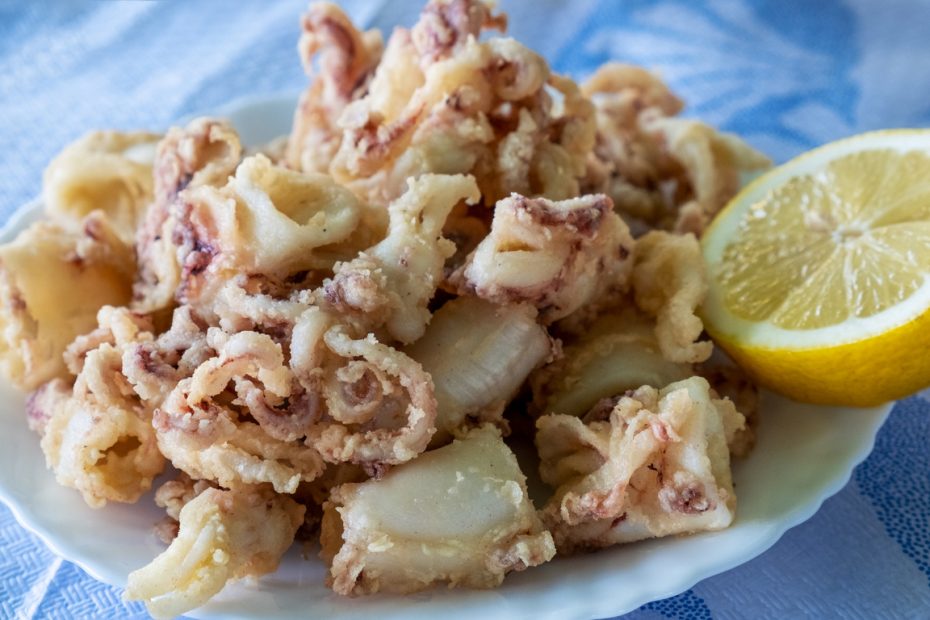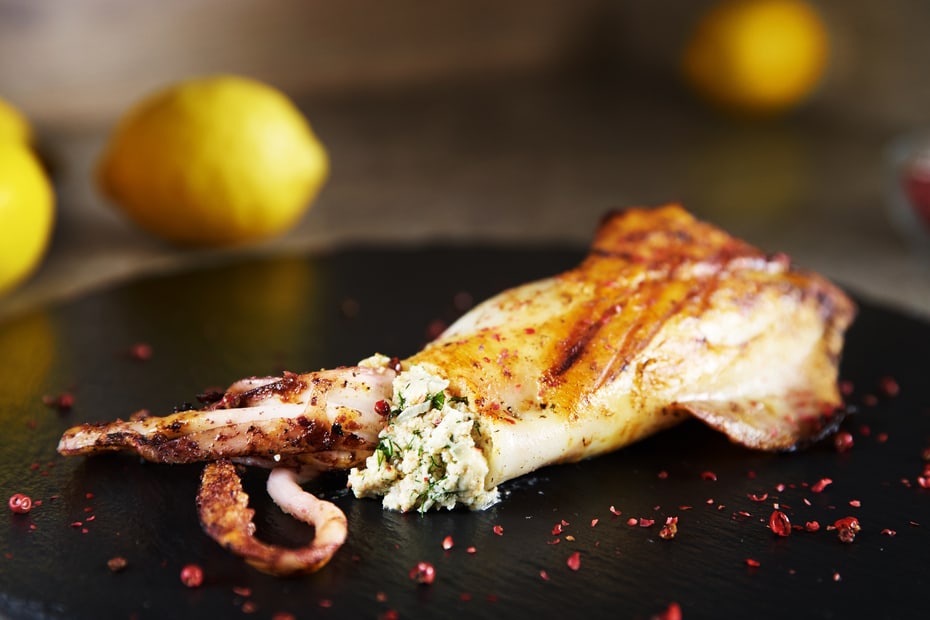The Rich Seafood Heritage of Greek Cuisine
Greece’s rich nautical heritage and the fact that the country has one of the longest coastlines in the world, thanks to its thousands of islands, have profoundly shaped its culinary landscape and given the cuisine a wealth of seafood recipes that are uniquely Greek. This deep-rooted connection to the sea dates back millennia, with fishing traditions passed down through generations.
The Mediterranean diet, renowned for its health benefits, owes much to Greece’s coastal cuisine. Fresh catches of the da yare prepared with simple yet flavorful techniques that highlight the natural taste of the sea. Grilled sardines, salt-baked sea bass, and aromatic fish soups are just a few examples of how Greek chefs masterfully showcase their maritime bounty.
Greek seafood recipes can be distinctly regional, with almost every island and coastal village boasting something unique. From the lobster dishes of Fourni to the sun-dried octopus of Santorini, to the gouna, a sun-dried mullet, of the Cyclades and more, these regional Greek seafood specialties offer a taste of tradition but also preserve a vital link to the country’s history and identity.
A Greek Seafood Star: Calamari
Greek calamari (squid) is a Greek seafood tradition, with many recipes and sustainable roots.
The most popular Greek recipe for calamari is fried, of course, as it is everywhere all over the Aegean and Mediterranean. Greeks fry up their calamari into crispy rings and serve it with a lemon wedge in its most traditional iteration.
Greek Recipe for Fried Calamari
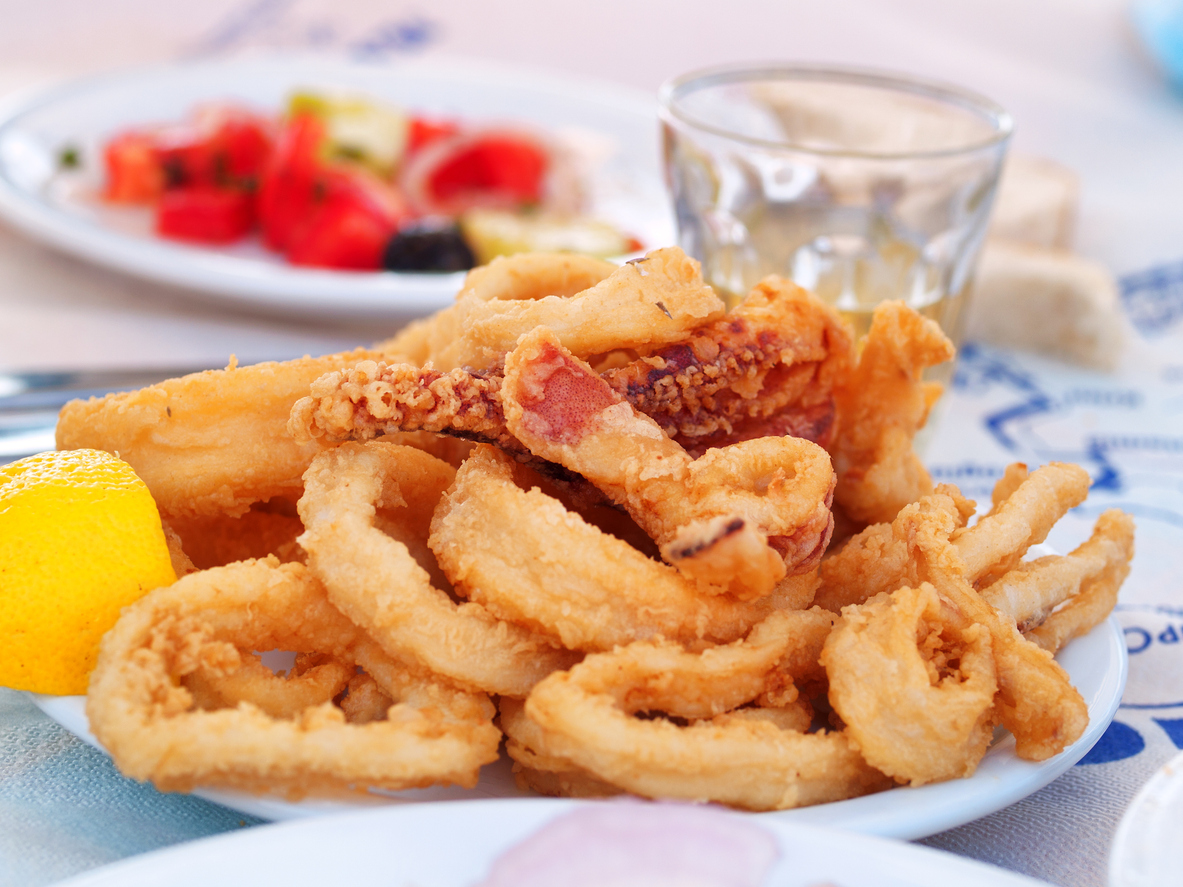
There are a few tricks to getting the squid super crisp, but there are different schools of thought on the proper technique. The most traditional and simplest way to get crispy calamari is to dredge the rings in seasoned flour and then to quickly fry them. Another way is to coat your squid rings in a light batter and fry them quickly at high heat. For a healthier twist, consider air frying – you’ll still get that satisfying texture without the excess oil.
Greek Seafood Recipe for Grilled Calamari
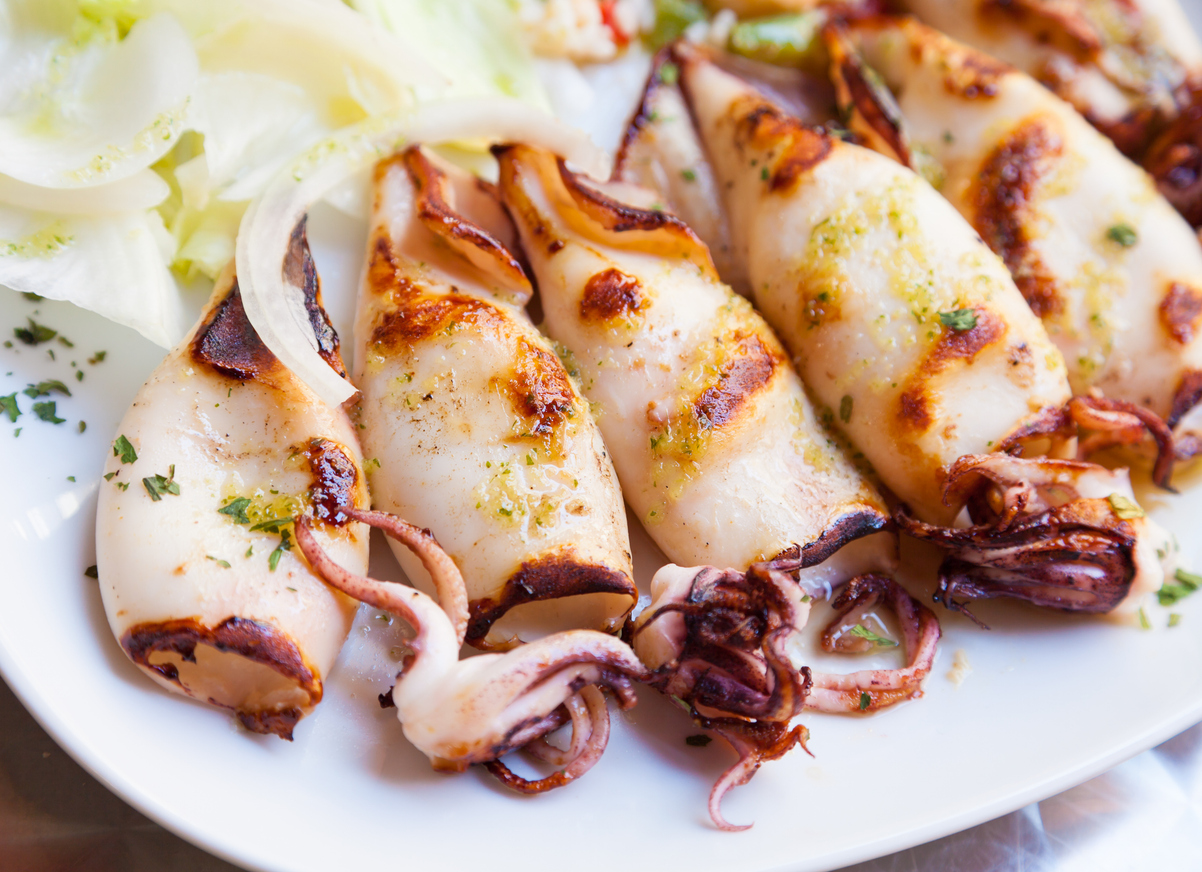
Grilled calamari is another popular preparation, especially in the summer months. The calamari is simply grilled and then dressed with olive oil, lemon juice, and Greek oregano. The best way to do this is to clean out the viscera from the squid tubes and separate (and keep) the tentacles. Using a sharp paring knife, score the top part of the tubes so that they retain their shape when grilled.
Greek Seafood Recipe: Calamari Stuffed Every Which Way

One of the most delectable Greek seafood recipes in the world (seriously!) is for stuffed calamari. There are a few basic versions of this dish and many regional variations, too.
Stuffed Squid with Rice and Herbs: A Classic Greek Seafood Dish
This classic Greek dish features medium or small, tender squid stuffed with a mixture of rice, chopped squid tentacles, onions, parsley, other herbs of choice, and sometimes pine nuts and raisins. It’s a recipe that hails from the Greek traditions of Anatolia, and came to Greece with the Asia Minor refugees in 1922. This Greek seafood classic can be cooked either in wine or a simple tomato sauce, always with a little extra virgin Greek olive oil, too, of course.
Baked Feta-Stuffed Calamari
This classic Greek seafood recipe is probably my personal favorite. It features calamari tubes stuffed with a creamy filling of feta, garlic and onions, herbs, and lemon zest. The stuffed calamari is then baked until lightly browned. This recipe originates from the seaside tavernas along the Athenian Riviera.
Another version involves stuffing the calamari with a mixture of marinated feta cheese, fresh herbs like dill and mint, and sometimes breadcrumbs. The stuffed calamari is then grilled or barbecued until charred and tender. This preparation is common in Greek island cuisine.
Calamari: Historically, the Ultimate Greek Seafood Ingredient
Calamari and other fresh seafood are highly valued in Greek culture because there is such a strong emotional connection to the sea and coastal lifestyle. The abundance of locally caught seafood in the Mediterranean, including a special breed of larger calamari called “thrapsalo” from the Aegean Sea, has influenced the evolution of traditional Greek calamari dishes. They’re all delicious! You just have to find your personal favorite either to make at home or know when ordering out.
Fresh vs Frozen Calamari?
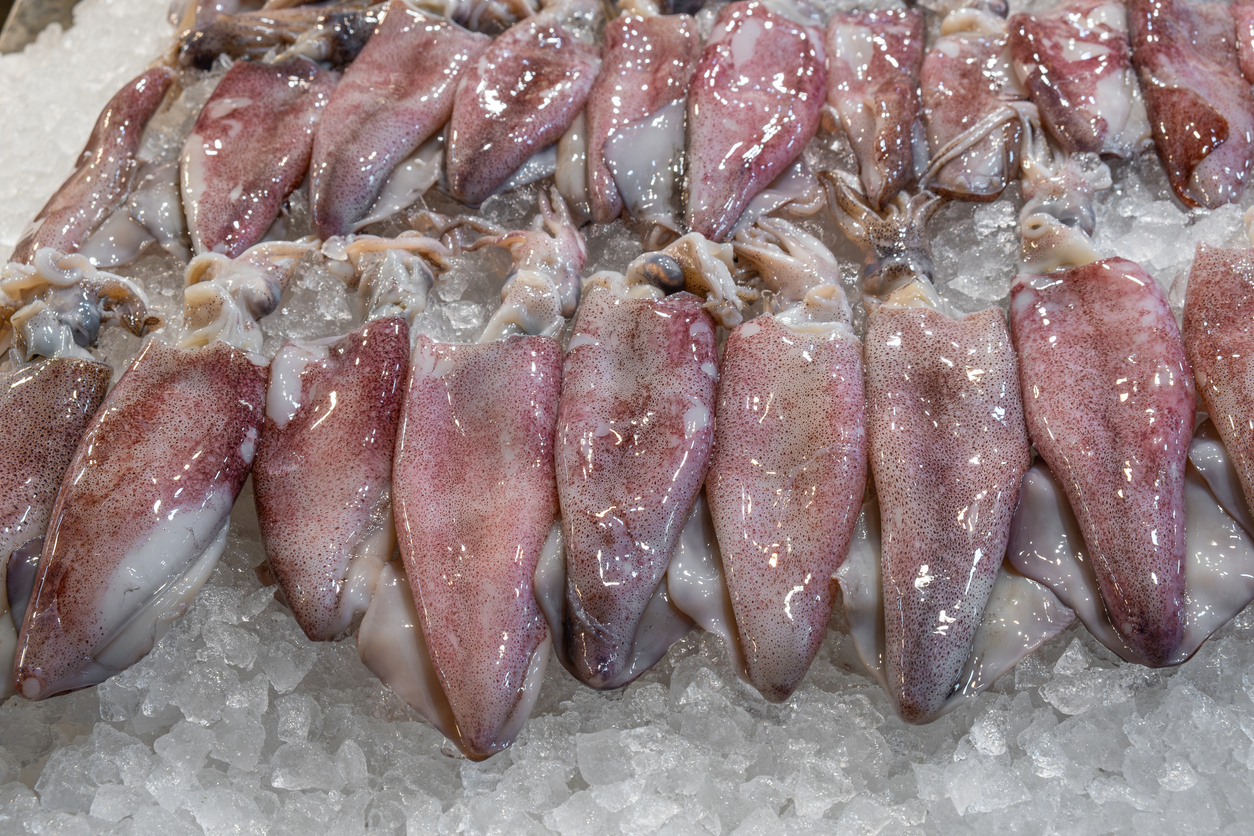
Fresh calamari generally has more pronounced flavor and a slightly firmer, more tender texture compared to frozen calamari.
Fresh calamari has much more flavor than frozen calamari, though the texture difference is not as significant.
When frozen properly, calamari can retain its taste and texture well. Freezing can actually help break down the muscle fibers, making frozen calamari more tender after cooking.
Calamari, whether fresh or frozen, has a mild, slightly sweet and briny flavor. The texture is generally described as firm yet tender when cooked properly.
Proper handling and cooking techniques are important to preserve the quality of both fresh and frozen calamari. Overcooking can result in a rubbery texture
Tips for Cooking Calamari
Remember the two or two rule: cook it 2 minutes (i.e. when frying or grilling) or 2 hours if you’re making a stew!
To ensure you’re getting the most out of your calamari, remember these essential cooking tips:
- Never overcook squid, as it can become rubbery;.
- Score the flesh to help it curl beautifully when cooked.
- Always pat dry before cooking to achieve that perfect sear.
By embracing calamari as the kind of Greek seafood you can cook at home or order out easily, remember, too, that you won’t just be treating yourself to a delicious meal–you’re also supporting sustainable fishing practices. Calamari is a fast-growing species, making it an eco-friendly choice for seafood lovers. So go ahead, indulge in Greek calamari with a clear conscience!

